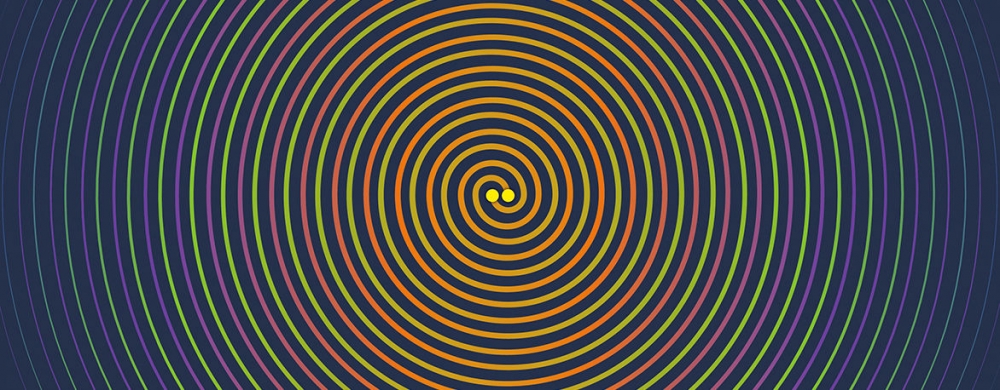How gravitational waves could solve some of the Universe’s deepest mysteries

With the first detections behind them, researchers have set their sights on ambitious scientific quarry.
Davide Castelvecchi
In the mid-1980s, Bernard Schutz came up with a new solution to one of astronomy’s oldest problems: how to measure the distance from Earth to other objects in the cosmos. For generations, researchers have relied on an object’s brightness as a rough gauge for its distance. But this approach carries endless complications. Dim, nearby stars, for example, can masquerade as bright ones that are farther away.
Schutz, a physicist at the University of Cardiff, UK, realized that gravitational waves could provide the answer. If detectors could measure these ripples in space-time, emanating from interacting pairs of distant objects, scientists would have all the information needed to calculate how strong the signal was to start with — and so how far the waves must have travelled to reach Earth. Thus, he predicted, gravitational waves could be unambiguous markers of how quickly the Universe is expanding.
His idea was elegant but impractical: nobody at the time could detect gravitational waves. But, last August, Schutz finally got the opportunity to test this concept when the reverberations of a 130-million-year-old merger between two neutron stars passed through gravitational-wave detectors on Earth. As luck would have it, the event occurred in a relatively nearby galaxy, producing a much cleaner first measure than Schutz had dreamed. With that one data point, Schutz was able to show that his technique could become one of the most reliable for measuring distance. “It was hard to believe,” Schutz says. “But there it was.”
See full text